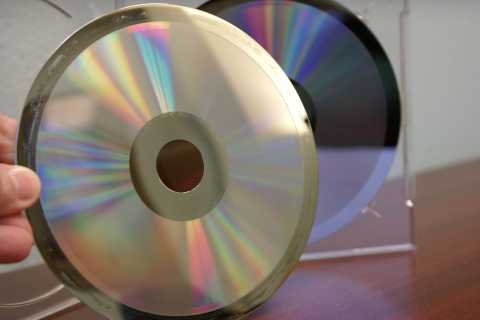A glass master is made at the replication plant in a specialized clean room, not at the mastering studio. A glass disc, 240mm in diameter and 6mm thick, is used as a substrate to 'etch' the image of the digital data as pits and lands that will ultimately be the ones and zeroes that the CD player will read as audio information. Some audiophiles insist on real-time (1x) creation of a glass master for highest audio quality.
This section is a list of common mastering (and general audio) terms and definitions for them. I try to be as simple and accurate in my explanations so my typical (non-technical) client is able to understand them.

